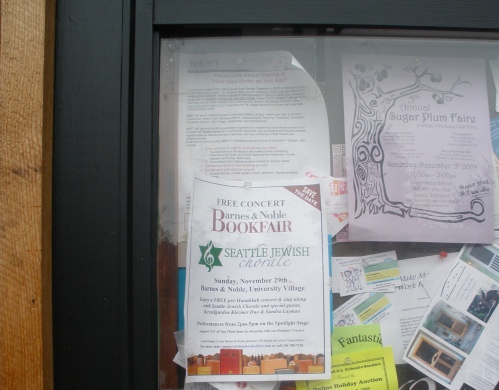
This post springs from 3 things:
- My experiences as Director of E-Learning
- Discussions I’ve had with James Michie and Nick Dennis about #edjournal
- A conversation I’ve just had with colleague Steve Bailey about ‘cloud’ apps from a records management perspective
The further down the rabbit-hole I go, the more reports I read, and as I talk to increasing numbers of educational technology leaders, I’m realising how problematic my actions as a standard classroom teacher actually were. Why? Well as a ‘maverick’ my actions on a small scale could potentially have undermined the larger-scale roll-out of technology in that institution. I acted in a somewhat cavalier manner to legal issues and could potentially have affected cultural acceptance of educational technology writ large.
I’m going to propose a 10-stage ‘freeze-thaw model’ of technology integration. It goes something like this:
- Draw up a list of minimum specifications.
- Explore the app/service/solution that has most traction.
- Talk to people who can do ‘due diligence’ regarding the legal side of things (especially terms & conditions, service level agreements)
- Do some small-scale testing with a pilot group.
- Agree upon how the technology is going to be used.
- ‘Freeze’ it – i.e. no more new features for a given amount of time (e.g. a term or academic year)
- Discuss new features and have pilot groups.
- ‘Thaw’ it – let people play about with a sandbox and go through due diligence again.
- ‘Re-freeze’ – i.e. add features and then freeze for a given amount of time.
- Repeat.
I’m aware that this goes against almost everything I’ve done before. For example, at the Academy I just opened up all of the tools available with Google Apps Education Edition to see what people did with them. I was pleasantly surprised. But, leaving after a year I didn’t have to deal with the data security, workflow or sustainability aspects of this.
Any type of project that is successful is sustainable in some way. I see the freeze-thaw model as a way of encouraging responsible experimentation. 🙂
Image CC BY jenny downing
</pretentious title>
You can’t expect people to go from zero to Twitter junkie in 3.2 seconds. The other day, as I jogged past the local parish noticeboard, I thought, “I should take a picture of that and put it online.”
Somewhat serendipitously, I came across a link to http://hyperloco.wordpress.com. Have a guess what you find when you visit the site? Yep:

This is Noticeboard 1.5. Technology-enhanced, but perpetuating a paradigm.
Whether it’s ‘your job’ to facilitate technology integration or not, remember that there are stages between where people are and where people like you are. It’s easy to forget that you had to go through the inbetween stages too. Although you can learn from others’ experiences, it will be different for you and the people around you.
Remember that. 🙂

Image CC BY-NC-SA Stuck in Customs
I stumbled across this quotation from the Chinese sage Chuang-Tzu, writing 2,500 years ago, in Marshall McLuhan’s The Gutenberg Galaxy (p.29-30):
As Tzu-Gung was travelling through the regions north of the river Han, he saw an old man working in his vegetable garden. He had dug an irrigation ditch. The man would descend into the well, fetch up a vessel of water in his arms and pour it out into the ditch. While his efforts were tremendous the results appeared to be very meagre.
Tzu-Gung said, “There is a way whereby you can irrigate a hundred ditches in one day, and whereby you can do much with little effort. Would you not like to hear of it?” Then the gardener stood up, looked at him and said, “And what would that be?”
Tzu-Gung replied, “You take a wooden lever, weighted at the back and light in front. In this way you can bring up water so quickly that it just gushes out. This is called a draw-well.”
Then anger rose up in the old man’s face, and he said, “I have hear my teacher say that whoever uses machines does all his work like a machine. He who does his work like a machine grows a heart like a machine, and he who carries the heart of a machine in his breast loses his simplicity. He who has lost his simplicity becomes unsure in the strivings of his soul. Uncertainty in the strivings of the soul is something which does not agree with honest sense. It is not that I do not know of such things; I am ashamed to use them.”
Technology integration in education may seem to make sense in terms of society and the future, but is that everything? What about individual identity and the ‘spiritual’ dimension?
An open question.



